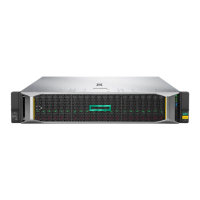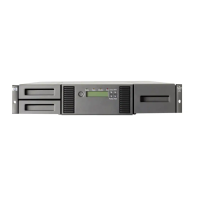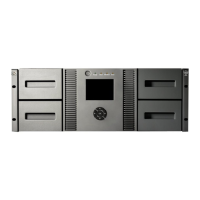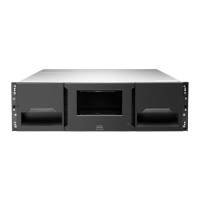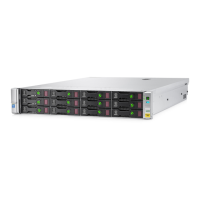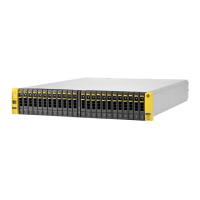The Hardware tab is divided into two panes. The left pane displays all hardware components
and the right pane displays detailed information about the component that you select in the left
pane. The following table describes the fields that are available on this screen:
DescriptionField
Icons that represent the status of a component.State
Name of the hardware component.Name
Type of component.Type
Model number of the component.Model
Firmware version installed on the hardware component.Firmware version
Local name of the system.System
Alert summary of the selected component. If no alert is
applicable, an appropriate message is displayed.
Alerts
Hardware properties, such as device name, manufacturer,
and firmware version.
Properties
Software
Click Software to view a list of software installed on the system. The software details of the
selected nodes are displayed. The following table describes the fields that are available on this
screen:
DescriptionField
Name of the installed software.Name
Publisher of the software.Publisher
Date when the software was installed.Installed on
Size of the software.Size
Version number of the installed software.Version
Local name of the system.System
Managing the dashboard configuration file
The dashboard configuration file named configuration.xml is located at %PROGRAMFILES%\
HP\HP StoreEasy Data Service\UserConfigurationFiles\. This file is used to define
and control the behavior of various user interface elements of the dashboard. Using the dashboard
configuration file, you can set the warning and alert threshold parameters, data sampling
parameters, and other properties. When you modify the dashboard configuration file and save
the changes, the dashboard services update the data depending on the updated time interval
that you specify in the file.
NOTE: Only a user who is a member of the local Administrator group can modify the contents
and save the dashboard configuration file. A local or domain user cannot make any changes to
the dashboard configuration file.
When the first configuration.xml file is created, the LastKnownGood.xml file is created
simultaneously. This file is created every time the file is parsed successfully. The
LastKnownGood.xml file is saved in the same location as the current file. If the
configuration.xml file is corrupt or invalid, the LastKnownGood.xml is used by the
dashboard services. If the LastKnownGood.xml file is also corrupt or invalid, the
Using the StoreEasy Dashboard 107
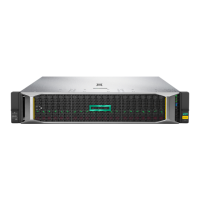
